#mary ii of england
Text
Had the great pleasure to visit Paleis Het Loo with @acrossthewavesoftime and @kattestrophe
Absolutely stunning building.
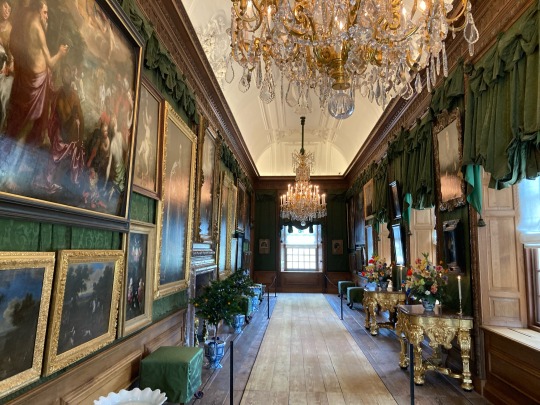





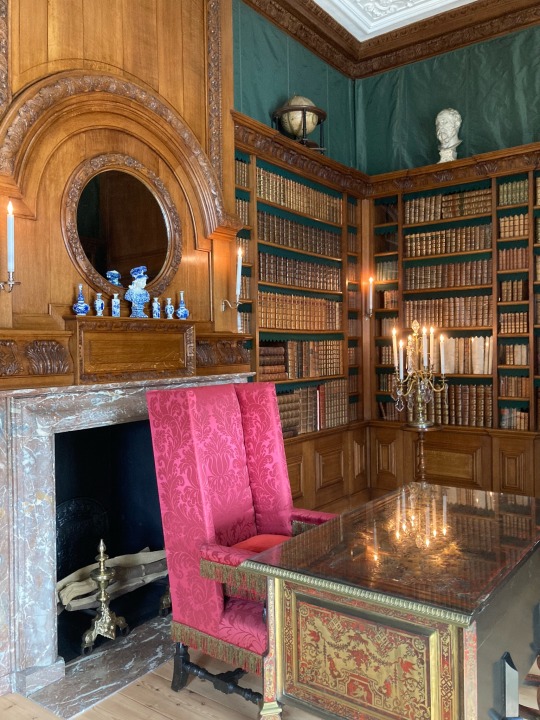

#william iii#william iii of england#mary ii#mary ii of england#het loo#history#paleis het loo#lets get ready to ramble#willem iii van oranje
24 notes
·
View notes
Text
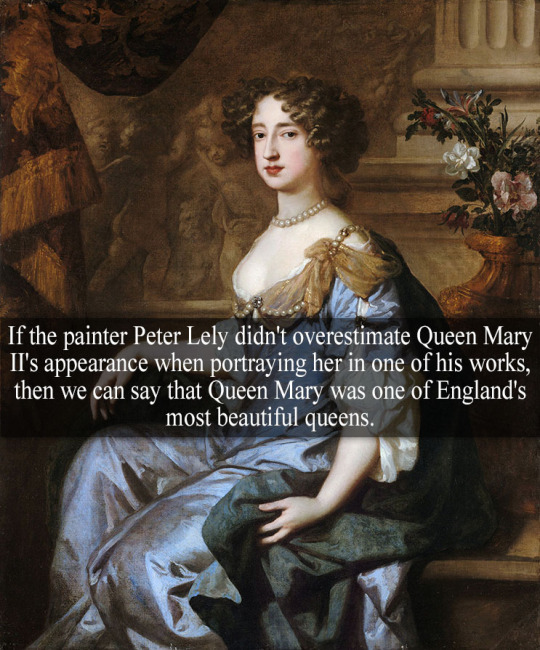
“If the painter Peter Lely didn't overestimate Queen Mary II's appearance when portraying her in one of his works, then we can say that Queen Mary was one of England's most beautiful queens.” - Text & Image Submitted by cenacevedo15
18 notes
·
View notes
Text




Paleis het Loo, Apeldoorn
It was a beautiful sunny day to visit paleis het Loo. It has been renovated and it's gorgeous inside. Here used to live the royal Dutch family but especially Mary II of England together with William the third (for us). Their gardens are absolutely amazing. These have been reconstructed in the seventies. One side is the old private garden of queen Mary. The inside is beautiful as well.
I highly recommend it
#paleis het loo#visiting museums#the netherlands#mary and william of orange#Mary II of England#palace#light academia
1 note
·
View note
Text




If you want a partner
take my hand
or if you want to strike me down in anger
here I stand
I'm your man
#historyedit#perioddramaedit#wlwedit#mary ii#mary ii of england#frances apsley#mary x frances#i think thats my tag for them#anyways.#crying#sobbing even#st.gif#it was a herculean task to find age appropriate as well as period appropriate fcs for them#nellgwynn#bentincks
49 notes
·
View notes
Photo
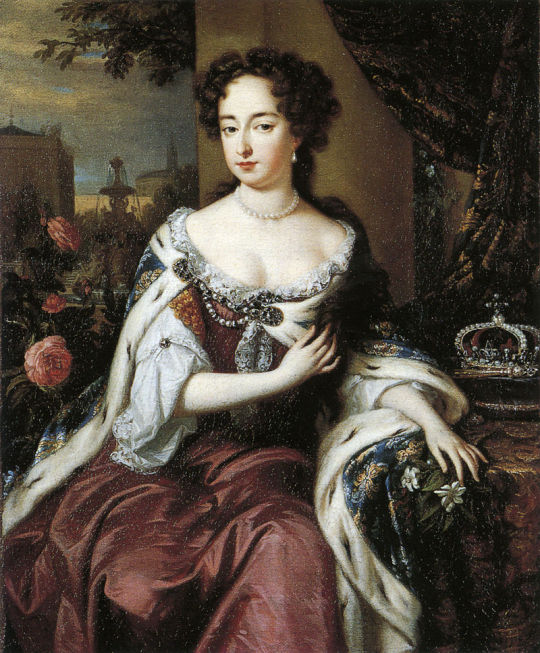
Queen Mary by Jan Verkolje, 1685
Mary II (30 April 1662 – 28 December 1694) was Queen of England, Scotland, and Ireland, co-reigning with her husband, King William III & II, from 1689 until her death. Popular histories usually refer to their joint reign as that of William and Mary.
#Mary II#Mary II of England#House Stuart#Jan Verkolje#XVII century#people#portrait#paintings#art#arte
14 notes
·
View notes
Quote
Although the convention parliament created William and Mary as joint monarchs, in recognition of Mary’s hereditary right, it vested regal power in William alone. Within the context of politically public marriage, Mary II performed the role of a de facto queen consort, creating an image of a dutiful and submissive yet supportive wife. Mary’s public conduct as queen provided a visible example of idealized female roles as formulated in seventeenth-century patriarchal discourses such as Robert Filmer’s Patriarcha. Filmer articulated an analogy between the family and the state, considering the authority of the king/husband/father over subjects and families as a divinely ordained hierarchy. At the same time, Filmer’s great rival, political theorist John Locke, labored to incorporate patriarchal ideology into his theories of the contractual nature of kingship. Both of these competing ideologies found expression in the Glorious Revolution settlement, as William III functioned simultaneously as a de facto parliamentary king who ruled on behalf of his wife, whose own elevation was based upon her superior hereditary rights. William’s and Mary’s public roles as king/husband and queen/wife represented to contemporaries a conventional allocation of conjugal authority within the context of marriage. In contrast, Anne fully occupied the male gendered office of king. Even before her accession, Anne demonstrated how a woman could manipulate the structures of male dominance, in her public and private role as the dominant partner in her marriage to George of Denmark. Prior to Anne’s 1702 accession, George played the role of political proxy on behalf of his wife while she was a royal heiress, performing a number of formal roles Anne could not perform herself because she was a woman. But once Anne became queen in 1702, she was no longer confined to the dictates of the social and political structures that denied women formal participation in the public realm of government. Instead, Anne’s possession of the crown allowed her to transcend the limitations of her gender, as she began to perform kingly duties in the tradition of Mary I and Elizabeth I.
“I Am Her Majesty’s Subject”: Queen Anne, Prince George of Denmark, and the Transformation of the English Male Consort by Charles Beem, 2006. In The Lioness Roared: The Problems of Female Rule in English History
#scotlandsladies#historicalquotes#history#Anne of the United Kingdom#Mary II of England#William III of England#Prince George of Denmark#*mine#*quotes#quotes
73 notes
·
View notes
Text

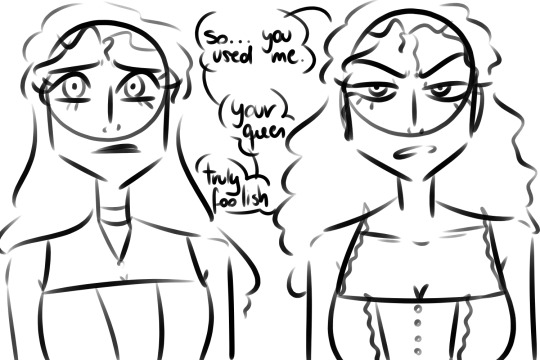

some doods about our fave royal gay generation (feat the royal partners of this disaster family)
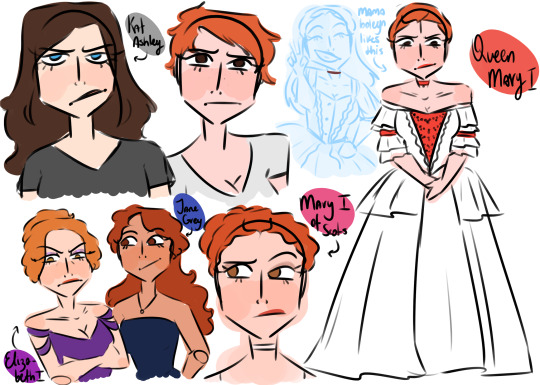
and ofc I had to doodle about the Elizabethan gen hehe
#queen anne#queen mary ii#mary ii#sarah churchill#mary ii of england#english royality fanart#elizabeth i#mary i of england#mary i#jane grey#anne boleyn#elizabethan era#elizabeth i of england
16 notes
·
View notes
Text

Mary II of England.
Co-Ruling Queen, Great Great Granddaughter of Mary, Queen of Scots, Sister of Queen Anne, Queen regnant
Mary II is definitely one of my favourite queens of England. I don’t really know where my love for Mary comes from, but it is there lmao
27 notes
·
View notes
Photo

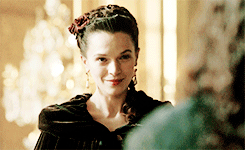
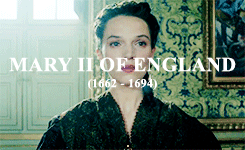
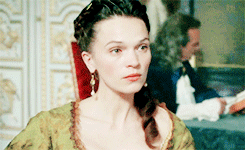
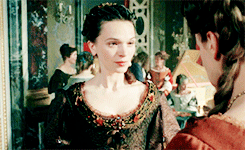
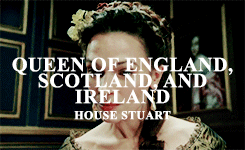
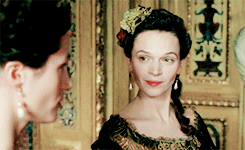
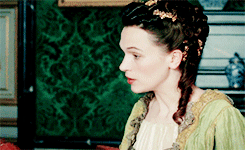
request:
↳ Mary II of England
#edits#weloveperioddrama#perioddramaedit#mary ii of england#17th century#british history#english history#united kingdom#by amarah#by anastasiasromanovs#maker: amarah#maker: anastasiasromanovs#fancast#mary ii#queen mary ii#gifs#periodedit#period edit#house stuart#stuart era#mary stuart#mary stewart#stuart dynasty
195 notes
·
View notes
Photo
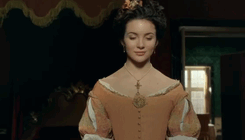

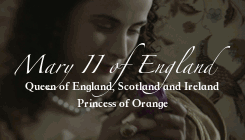

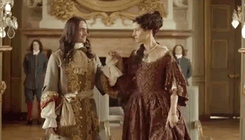
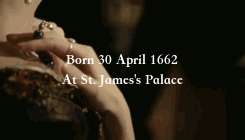

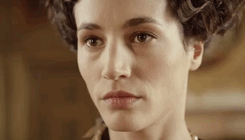
30 April 1662 - Birth of Mary II, Queen of England, Scotland and Ireland, Princess of Orange
“While [William] went abroad, as the arbiter of Europe, to wage a just war, [Mary] stayed at home to maintain peace and administer justice; he was to oppose and conquer enemies, she was to maintain and gain friends.” - Richard Price, An Incomparable Lady: Queen Mary II’s Share in the Government of England
#historyedit#hellyeahbritishqueens#history#mary ii of england#mary ii#my edit#this is sort of my mary mood board#i just love her.....so much#she loved jewels and flowers and delfts blauw#and her husband#also her position as queen when william was away#i love her and das the tea
161 notes
·
View notes
Note
Were there any queens/princess/ladies particularly known for their great height? I know Mary Queen of Scots was about 6ft along with her mother and some of her Stuart female descendants were around that height too, but I don't know much about other royal families.
Huh, good question. Obviously these are just a few examples.
Mary Queen of Scots, whom you mentioned, is the most obvious example of a tall royal woman. At her wedding to the Dauphin of France in 1558, Mary, who was not quite fifteen at the time, was noted to stand shoulder to shoulder with her uncles, the brothers of her mother Mary of Guise. It was certainly from Mary of Guise that her Scottish daughter inherited her famous height: the French-born second wife of James V of Scotland was nearly six feet tall herself, and had indeed attracted no less than Henry VIII as a suitor because of her robust physical appearance (though, when Henry said that he was “big in person and in want of a big wife”, Mary shrewdly replied that “I may be a big person, but my neck is small”). Mary Queen of Scots eventually stood around five feet eleven inches - tall for a woman even by modern standards - and it was said that when she fled to England in 1568, she was recognized by strangers by her height alone.
Mary II - the great-great granddaughter of Mary, Queen of Scots - inherited her predecessor’s height as well as her name. The elder daughter of James II and VII (he who began the claims of the Jacobite pretenders), Mary stood at around five foot eleven as well. Her height made for a dramatic contrast between herself and her husband, the eventual William III, who was just five foot six - average height for a man of his day, but unfortunately noticeably shorter than his wife. (This difference was masked in the display of their wax effigies after their death, with William’s placed on a small stool so that he would stand equal to his wife.)
Another tall royal was Duchess Cecile of Mecklenburg-Schwerin, a German princess who married Crown Prince Wilhelm of Prussia in 1905. When her brother, Grand Duke Frederick Francis IV, married Princess Alexandra of Hanover in 1904, Crown Prince Wilhelm attended on behalf of his father, Wilhelm II. Though the Crown Prince was no slouch in the heigh department. and was certainly taller than his father, Cecile stood at nearly six feet tall, and was just about equal in height with the Crown Prince. (They were the parents of that Prince Wilhelm who had been forbidden from marrying Dorothea von Salvati, though he did anyway.)
More distant in the past was Margaret of York, the youngest daughter of Richard, Duke of York and sister to Edward IV and Richard III of England. (This was the same Margaret, incidentally, who had backed the false pretender Lambert Simnel.) The Duchess of Burgundy stood at around six feet tall - perhaps unsurprising, genetically speaking, since her brother Edward was famed for being around 6'4", and indeed at her wedding a contemporary remarked that she resembled her brother in height. (Unfortunately, her husband, Charles, was below average height.)
Not European royals, but royals nonetheless, there were also several Hawaiian royal women noted for above-average height. Queen Kamāmalu, the daughter of Kamehameha I and wife of Kamehameha II, stood over six feet tall, and caused quite a sensation from her height when she and her spouse traveled to Great Britain for a state visit in 1824; her British escort wrote to a friend of his that “Her Majesty is a whacker [slang for a very tall individual] nearly six feet high”, while the Times reported that she was “certainly a fine full grown lady”. Princess Ruth Keʻelikōlani, another member of the Kamehameha dynasty, stood over six feet tall as well (if you ever visit the Big Island of Hawaii, you can visit Hulihe’e Palace; Princess Ruth inherited the palace after the untimely death of her son, and although she preferred living in a large hut on the palace grounds, there are a number of artifacts there that give a real sense of the princess’ size.)
There are also a number of royal women I know who were reported as “tall”, though I cannot find specific measurements of height.Sophia Dorothea of Wurttemberg, for example, who married the future Emperor Paul of Russia, was noted for her great height: Catherine the Great, said that she was “tall, shapely, intelligent, quick-witted, and not at all shy”, while a contemporary noted that she was “tall, fair, [and] inclined to embonpoint [a typical eighteenth century description for "healthy” stoutness on a woman]“, and indeed it may be that the famously tall Russian grand dukes took their height from her. Both of Peter the Great’s surviving daughters, Anna and Elizabeth, were described as tall (again unsurprising, given that Peter himself was over six and a half feet tall), and Elizabeth in particular grew fond of metamorfozy balls, in which the members of each sex dressed in the other’s clothing, knowing how well male military attire suited her tall frame.
#history#mary queen of scots#mary of guise#mary ii of england#margaret of york#cecile of mecklenburg schwerin#kamamalu#keelikolani#sophia dorothea of wurttemberg#elizabeth of russia
147 notes
·
View notes
Photo
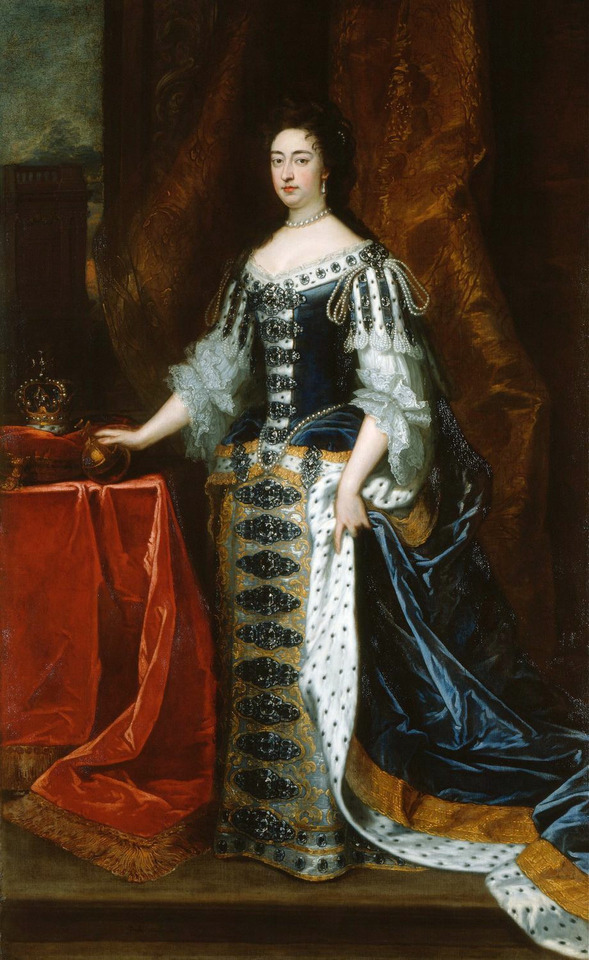
Mary II of England (10 May 1662 - 7 January 1695)
#mary ii of england#queen of england#queen of scotland#queen of ireland#daughter of james ii of england#wife of william iii of england#history#women in history#17th century#art
10 notes
·
View notes
Photo
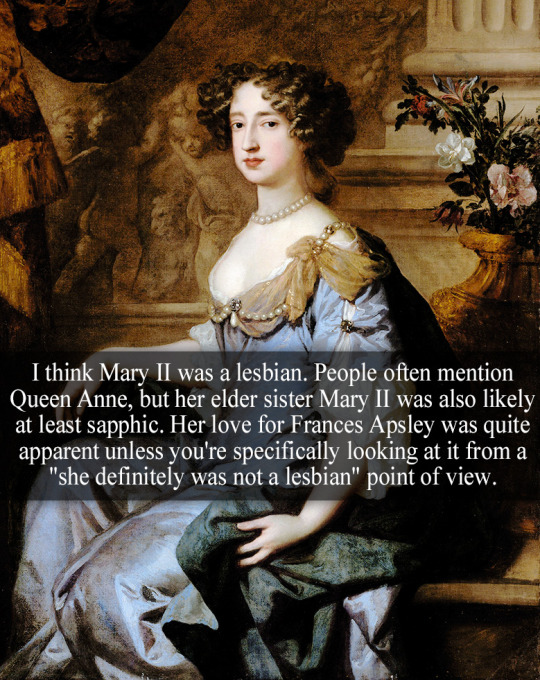
“I think Mary II was a lesbian. People often mention Queen Anne, but her elder sister Mary II was also likely at least sapphic. Her love for Frances Apsley was quite apparent unless you're specifically looking at it from a "she definitely was not a lesbian" point of view.” - Submitted by Anonymous
21 notes
·
View notes
Text


Mary II (from letters to Frances Apsley)
#historyedit#mary ii#mary ii of england#crying sobbing weepi g#english history#house of stuart#mine#kin.
47 notes
·
View notes
Photo

Peter Lely - Mary II of England
61 notes
·
View notes
Photo

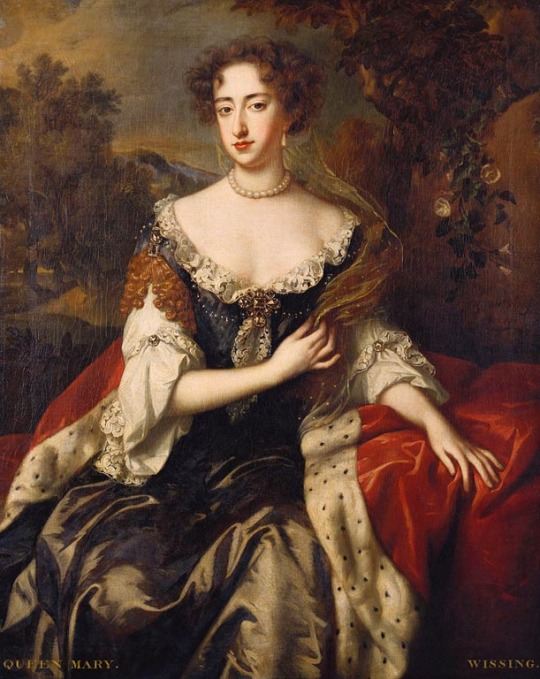
Mary Beatrice became particularly fond of [her stepdaughter] the Lady Mary, who was closer to her in age. Mary was charming, affectionate and intelligent, and the two became friends. Tall and graceful like [her stepmother], Mary loved to dance. She had a sort of feverish charm, was highly emotional and loved to chatter. Maureen Waller
(also, just to be clear, both of these portraits are of Queen Mary II)
#mary ii#queen mary ii#mary ii of england#house of stuart#the stuarts#i just dig Stuart-era portraits tbh#also I'm reading about them rn
205 notes
·
View notes